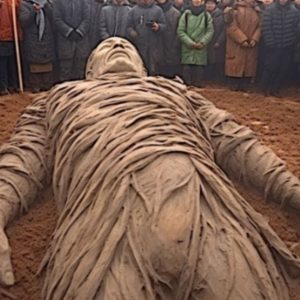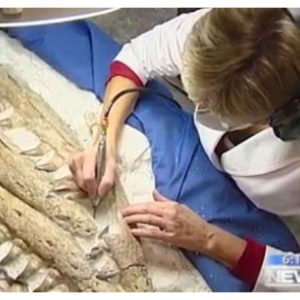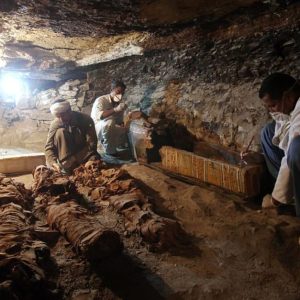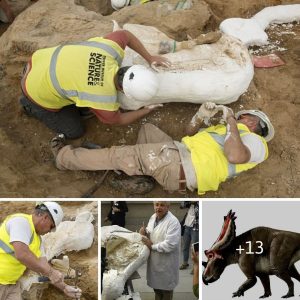Mongolia is indeed a vast country, and only in a country with such a huge area can one find a celebrity whose stature is beyond the times. On horseback, Genghis Khan fought everywhere, from the green steppe to the more distant new lands, turning the whole world under his hooves. Khan’s life is not only full of stories about kidnapping and killing, but more than that, it is about love and hatred.

The resting place of Genghis Khan is still a mystery
Genghis Khan once ruled the vast land stretching from the Pacific Ocean to the Caspian Sea. Before his death, his last wish was to be buried in a secret place so that the enemy could never disturb him again. In order to fulfill that wish, a special army is involved in the care and protection of the coffin, ready to kill anyone they meet on the way. Once the burial of Genghis Khan’s body was completed, thousands of horses roamed the surrounding area, in an attempt to erase all traces of the tomb so that no one could find it.

And since then, 800 years have passed, but no one has really found the tomb of this legendary celebrity.
Genghis Khan once ruled the vast land stretching from the Pacific Ocean to the Caspian Sea.
Expeditions of foreigners are carried out with the great help of history, not only on the ground but also from outer space. The documentary “Valley of the Khans”, produced by National Geographic television channel, used images transmitted from space satellites to determine the location of the tomb. But much of this excavation work has come from the international community, while the native Mongolians themselves are quite indifferent to this. Simply because they don’t want Genghis Khan’s grave to be found.
This makes people feel surprised. Inevitably, Genghis Khan played an important role in the minds of the Mongols. He appeared on the country’s currency, even on vodka bottles. Perhaps never since his death in 1227 has Genghis been so revered.
According to international media, this hesitation may come from a curse: the day the tomb is unearthed, it will be the end of the world. This is probably based on the legend of the 14th century Turkic Mongol emperor Tamerlane, when his tomb was excavated by Soviet archaeologists in 1941.
Once the body of Genghis Khan was buried, the hooves of thousands of horses roamed the surrounding area, in order to erase all traces of the tomb so that no one could find it.
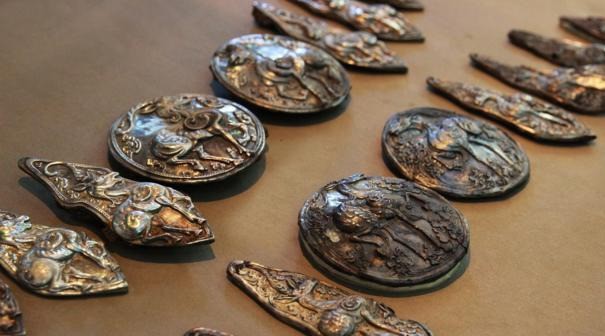
But according to the Mongols themselves, searching for the tomb of Genghis Khan is considered taboo not for any idealistic reason, but simply because of the respect for the ruler. ancestor. “It’s not a coincidence that horses are trampled on the grave just to hide its location.” Excavation would go against the will of the deceased.
Indeed, this is perhaps also an understandable reason. With a history of hundreds of years and a deep sense of national pride, the Mongols still hang in their homes portraits depicting Genghis Khan. Many people even consider themselves “of royal lineage”, implying that they are descendants of Tu Han himself. Throughout this vast steppe country, the image of Genghis Khan remains an immortal symbol of the strong will of the Mongol nation.
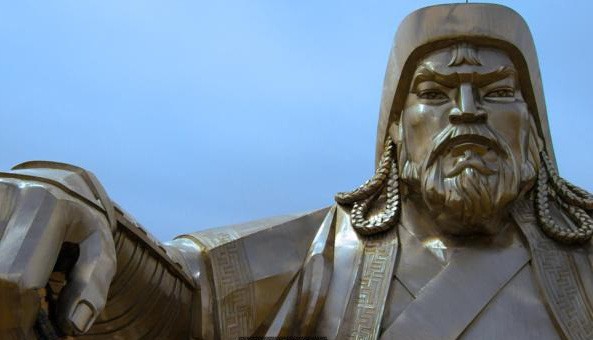
The Quest for the Tomb of Genghis Khan
In addition to the above-mentioned idealistic reasons, the problems of science and technology also greatly hinder the process of tracing ancient tombs. Mongolia is known for being a large country but its transport system is still backward – with an area 7 times the size of the UK but only 2% is covered by roads. The population density is so low that it is second only to the arid Greenland and a number of other uninhabited islands. Perhaps the existence of people here only enhances the vastness of the steppe, from the white shadow of the nomads to the image of the flag fluttering above the stone temples. A vast land, promising many mysteries to discover.
Dr. Diimaajav Erdenebaatar, head of the Department of Archeology at Ulaanbaatar National University, had experience participating in the expedition to excavate the first Genghis Khan’s tomb with the help of foreign associates.
Mongolia is 7 times the size of the UK but only 2% is covered by road.
The joint project between Mongolia and Japan called “Gurvan Gol” focuses on the study of the birthplace of Genghis Khan in Khentii province, where three young rivers, Kherlen and Tuul, flow through. It was 1990, around the same time as the Democratic Revolution in Mongolia. WhenXem thêm về văn bản nguồn nàyNhập văn bản nguồn để có thông tin dịch thuật bổ sungGửi ý kiến phản hồiBảng điều khiển bên
